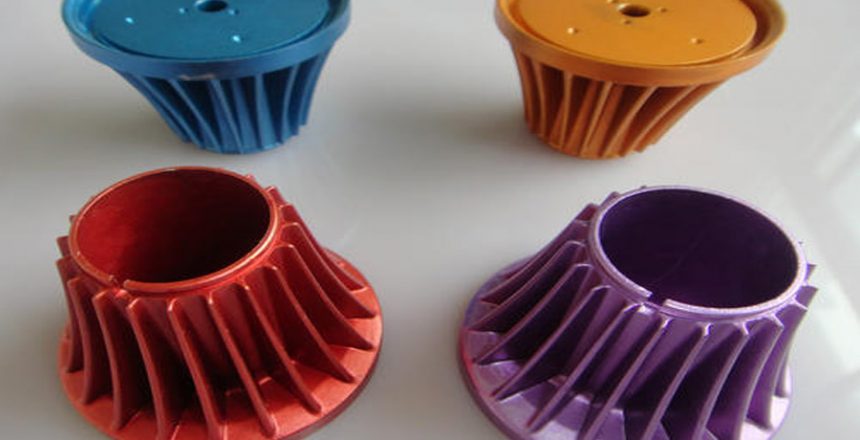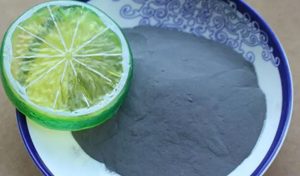The runners of die-casting molds have corresponding requirements, so we need to understand these requirements as much as possible, which is of great help for us to use die-casting molds.
1. All molds should shorten the runner stroke as much as possible and reduce the cross-sectional area as much as possible on the premise of ensuring the forming quality. The cold slug hole is 1.5 times the diameter of the runner. All runners require cold slug holes, such as: below the mouth, The end of the runner, below the glue inlet of the fine nozzle, etc.
2. All fine nozzle molds, mold runners and nozzle hooks must be polished. It is necessary to ensure that the glue inlet is smooth, reduce the injection pressure and no residues are left on the product.https://ptjcnc.com
3. The flow channel section of the large nozzle mold should be round or up and down ellipse, that is, the height dimension is 0.5-1.0 larger than the width dimension and must be aligned before and after, and there should be no misalignment in polishing. In special circumstances, the unilateral flow path is required to be trapezoidal.
4. The inlet and nozzle positions should not be in the obvious appearance. The glue inlet point of the electroplating product should ensure the strength. The glue inlet point of the large nozzle and the product contact should be the knife edge surface with the smallest cross-sectional area to ensure that no residue remains after removal. Product.https://numerical-control.com/
5. The position of the thimble or hook pin for diving into the glue must be at a certain distance from the glue inlet of the parting surface, which is about 1.5 times the diameter of the runner, in order to ensure the toughness of the dive inlet. The diving gate must be polished.
6. The injection point of the large nozzle of the gear die is at the bottom of the tooth surface. Use a Φ1.0 milling cutter to align the tip of one of the teeth with a depth of 0.5-0.6, a width of 1.2, and a depth of 1.5, AB plate inserts. When inlaid through-holes are to be processed together, if through-holes are not inlaid, it is necessary to use the centering rod to center repeatedly to ensure concentric accuracy. The barrel needle of the rear mold is inserted into the front mold, and a drill bit smaller than the processing hole diameter must be used to make it thicker to facilitate the copper electric discharge machining.


